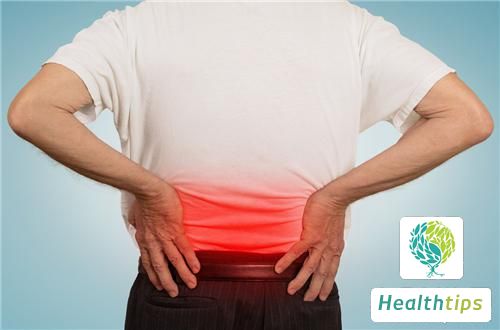What Causes a Body-Wide Itching Feeling Like Being Stabbed by Needles?
The sensation of generalized itching with a needle-like feeling throughout the body can be caused by allergies, urticaria, and other conditions. The first possibility is allergies. In addition to itching, the skin may also exhibit redness. The itching may become more severe when exposed to heat or during the evening. Scratching the skin may lead to more prominent redness, scratches, and bumps. The second possibility is urticaria-induced itching, which may be due to an environment that is poorly ventilated and excessively damp.

1. Allergic Reaction: (1) Respiratory Obstruction: Symptoms include laryngeal edema, tracheal and bronchial spasms, and pulmonary edema, manifesting as chest tightness, palpitations, a feeling of blockage in the throat, difficulty breathing, facial flushing, a sense of impending danger, dry mouth, dizziness, and numbness in the face and limbs. (2) Microcirculatory Disturbance: This is caused by widespread dilation of microvascular beds, resulting in symptoms such as paleness, agitation, chills, cold sweat, weak pulse, and hypotension. (3) Central Nervous System Manifestations: These are caused by cerebral hypoxia and include loss of consciousness, coma, convulsions, and incontinence. 2. Urticaria Reaction: The primary manifestation is the appearance of wheals on the skin. Typically, there is initial itching followed by the development of wheals that are bright red, pale, or skin-colored. A few patients may have edematous erythema. The size and shape of the wheals vary, and their onset is unpredictable. The wheals gradually spread and coalesce, and due to edema of the dermal papillae, the epidermal follicular openings may appear indented. The wheals persist for minutes to hours, with a few lasting up to several days before resolving without traces. The rash recurs in batches, with evening onset being more common. The wheals are often widespread but can also be localized. Sometimes, they are accompanied by angioedema, and occasionally, large blisters may form on the surface of the wheals. Some patients may experience nausea, vomiting, headache, abdominal distension, abdominal pain, diarrhea, and in severe cases, may also have chest tightness, discomfort, paleness, tachycardia, weak pulse, hypotension, shortness of breath, and other systemic symptoms.



















